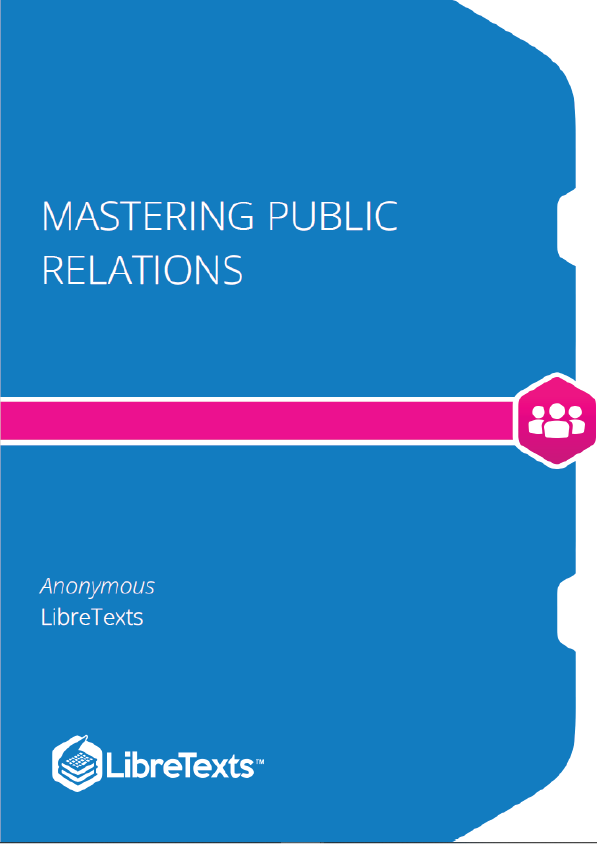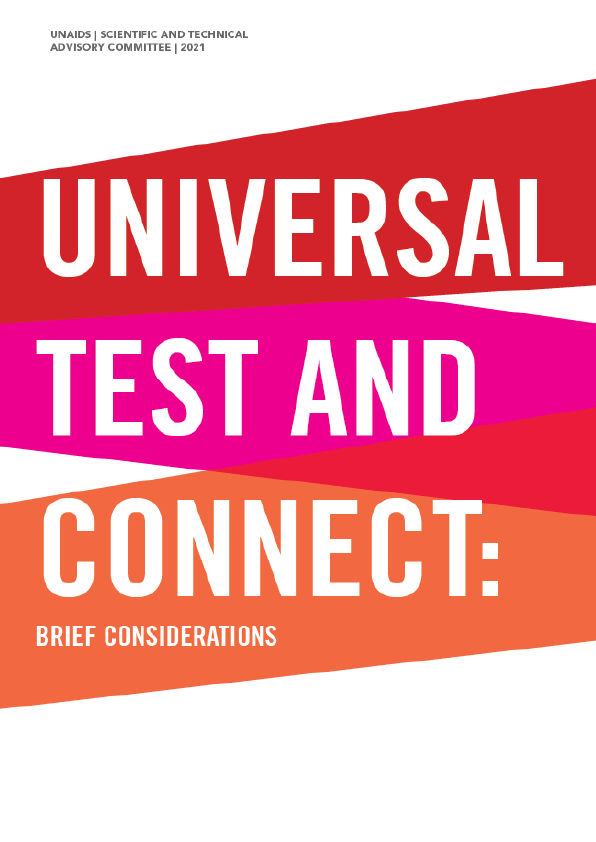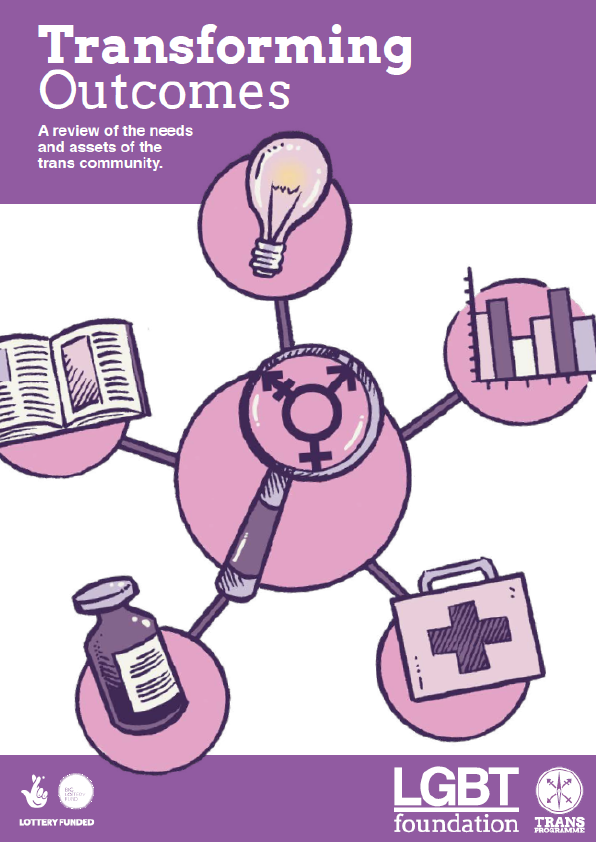Public relations can truly mean the difference between life and death for an organization, or the difference between profitability and failure. The following case illustrates the importance of public relations as a means to maintain ongoing, beneficial relationships, to systematically listen to and understand the concerns of publics—in this case, internal publics and a labor union and the external public of news media. Ongoing public relations initiatives, such as strategic issues management, could have prevented the problems encountered by the organization in the following case. The case also demonstrates that an organization can recover its footing and repair its reputation and relationships, once it acknowledges its mistakes and commits to changing course. The following series of events highlight the importance of ongoing, strategic public relations as the very lifeblood of an organization. Case based on classroom lecture and interviews with Kenneth Sternad (personal communication, March 30, 2009; September 2009). Information also based on United Parcel Service (2009).
United Parcel Service (UPS), the world’s largest transportation and logistics company, faced a difficult set of challenges as the year 1997 began. The company, founded in 1907, plays a vital role in both the U.S. and global economy. UPS serves more than 200 countries and territories and delivered more than 3.8 billion packages—15 million packages a day—in 2008. The company achieved $51.5 billion in 2008 revenues and has more than eight million customer contacts per day. It is the second largest employer in the United States and the ninth largest in the world with 427,000 employees. UPS carries approximately 6% of U.S. gross domestic product (GDP) and 2% of global GDP.
UPS had a long and, for the most part, positive relationship with the International Brotherhood of Teamsters, the union that has represented UPS employees since the 1920s. In 1997, that relationship would be severely tested and the resulting impact on the company would be profound.
Negotiations with the Teamsters began in early January of that year, even though the existing contract didn’t expire until 12:01 A.M. on August 1, 1997. UPS negotiates a national contract with the union every 4 to 6 years, and prior to 1997 there had never been a national strike by the union against UPS. The company is the largest employer of Teamsters in the country, with 225,000 members.
The president of the Teamsters was Ron Carey, a former UPS driver from New York City, who—according to many accounts—had left the company with a profound dislike for UPS. Carey had won reelection as president of the Teamsters in 1996, an election that later resulted in an investigation based on allegations of illegal fund-raising and kickbacks. As negotiations with the Teamsters began, Carey’s opponents within the union were attacking him, seeking to erode his support and petitioning for possible new elections. Many believed there was a high likelihood that the federal investigation would result in Carey’s election being overturned. Although UPS was not aware of it as negotiations began, Carey had been quietly preparing the union for a strike. He needed to make a show of force and leadership to galvanize his support in anticipation of rerunning for the presidency if the election was nullified.











